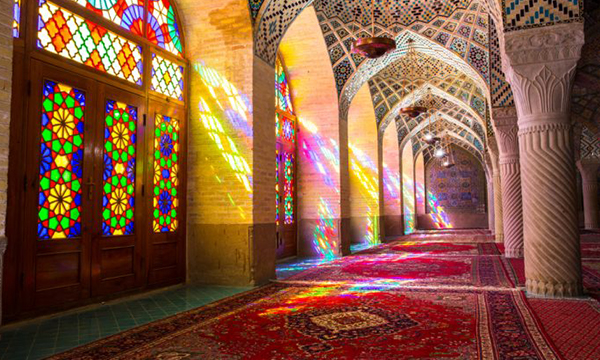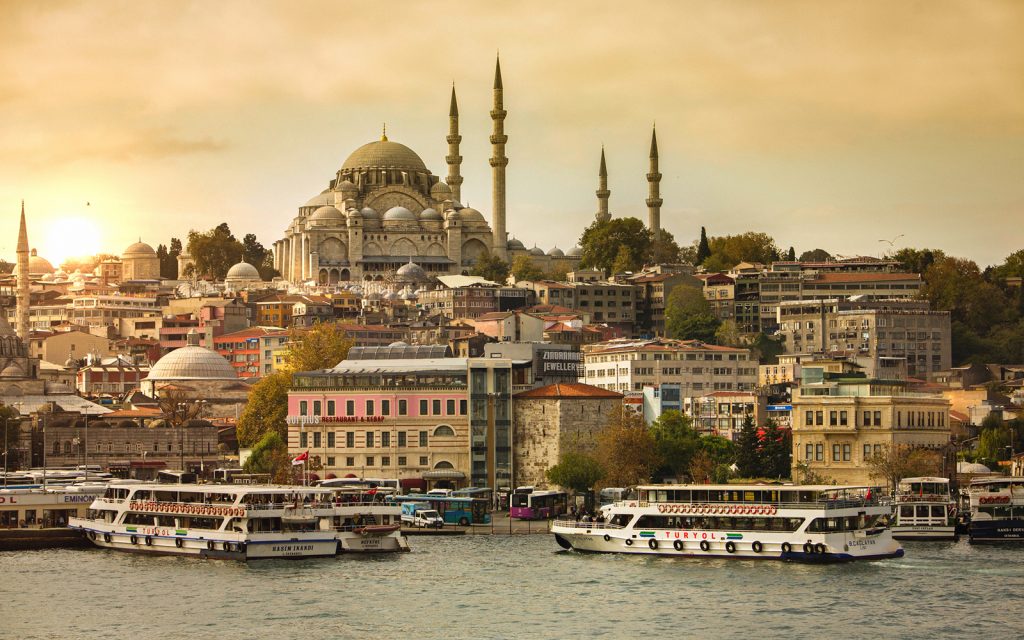The Middle East, often referred to as the cradle of civilization, is a region rich in history, culture, and traditions. It spans a vast geographic area that includes countries in Southwest Asia and parts of North Africa. This diverse region has been a crossroads of trade, religion, and cultural exchange for millennia, resulting in a unique and vibrant cultural tapestry. Understanding Middle Eastern culture requires an appreciation of its deep historical roots, its rich artistic and literary heritage, and the diverse customs and traditions that continue to shape its societies today.
1. Historical and Geographic Context
The Middle East’s cultural identity is deeply intertwined with its historical and geographic context. This region is home to some of the world’s oldest civilizations, including the Sumerians, Babylonians, Assyrians, and Persians. It was here that agriculture, writing, and urbanization first emerged, shaping the trajectory of human development.
The Middle East’s strategic location as a bridge between Asia, Europe, and Africa has also made it a hub for trade and cultural exchange. The ancient Silk Road and the spice trade routes brought diverse peoples and ideas to the region, influencing its languages, religions, and artistic traditions.
2. Languages
The Middle East is linguistically diverse, with Arabic being the most widely spoken language and serving as a unifying cultural thread across many countries. Arabic, known for its poetic richness and complexity, is not only a means of communication but also a cornerstone of cultural and religious identity.
Other prominent languages in the region include Persian (Farsi) in Iran, Turkish in Turkey, Hebrew in Israel, and Kurdish in several countries. Additionally, ancient languages such as Aramaic and Coptic continue to be used in religious contexts. The linguistic diversity of the Middle East reflects its complex history and the coexistence of various ethnic and cultural groups.
3. Religion: A Foundation of Culture
Religion plays a central role in Middle Eastern culture, shaping its values, traditions, and daily life. The region is the birthplace of three of the world’s major monotheistic religions: Judaism, Christianity, and Islam. These faiths share historical and theological connections and have deeply influenced the region’s culture.
Islam
Islam is the predominant religion in the Middle East, with the majority of the population adhering to either Sunni or Shia Islam. The principles of Islam, as outlined in the Quran and the teachings of the Prophet Muhammad, guide not only religious practices but also social norms, art, and governance. Ramadan, the holy month of fasting, and the Hajj pilgrimage to Mecca are among the most significant religious observances in the region.
Judaism and Christianity
Judaism, with its roots in ancient Israel, continues to be a major religious and cultural force, particularly in Israel. Christianity, which emerged in the Middle East during the first century, is represented by various denominations, including Orthodox, Catholic, and Protestant traditions. Holy sites such as Jerusalem, Bethlehem, and Mount Sinai hold deep significance for followers of these faiths.
4. Family and Social Structure
Family is the cornerstone of Middle Eastern society, and its importance is reflected in cultural values and traditions. Families are typically close-knit, with strong bonds between extended family members. Respect for elders, loyalty to family, and the prioritization of collective well-being over individual desires are key aspects of Middle Eastern family life.
In many Middle Eastern cultures, hospitality is a deeply ingrained value. Guests are treated with generosity and respect, often with elaborate meals and warm welcomes. This tradition stems from both cultural norms and religious teachings that emphasize kindness to strangers.
5. Arts and Literature
The Middle East boasts a rich artistic and literary heritage that spans thousands of years. Its contributions to art, music, poetry, and architecture have had a profound influence on global culture.
Poetry and Literature
Middle Eastern poetry and literature hold a special place in the region’s cultural identity. Classical Arabic poetry, such as the works of Al-Mutanabbi and Rumi’s Persian poetry, explores themes of love, spirituality, and the human condition. The Thousand and One Nights (Arabian Nights) is a famous literary work that reflects the region’s storytelling tradition.
Music and Dance
Middle Eastern music is characterized by its complex rhythms, melodic improvisation, and use of traditional instruments such as the oud, qanun, and ney. Dance forms like belly dancing and the dabke are integral to celebrations and social gatherings, showcasing the region’s love of rhythm and movement.
Architecture
The Middle East is renowned for its architectural wonders, from the ancient ziggurats of Mesopotamia to the majestic domes and minarets of Islamic mosques. The use of geometric patterns, intricate tilework, and calligraphy in Islamic architecture reflects a deep spiritual and aesthetic sensibility.
6. Cuisine
Middle Eastern cuisine is a celebration of flavors, aromas, and traditions. Influenced by the region’s geography and trade routes, the cuisine incorporates spices like saffron, cardamom, and sumac, as well as ingredients such as dates, olives, and nuts.
Popular dishes include:
- Hummus and Falafel: Staple dishes made from chickpeas, often served with pita bread.
- Shawarma and Kebabs: Grilled meats marinated in aromatic spices.
- Dolma: Grape leaves stuffed with rice and herbs.
- Baklava and Kanafeh: Sweet pastries drenched in syrup and filled with nuts or cheese.
Food in the Middle East is often shared communally, emphasizing the region’s values of hospitality and togetherness.
7. Festivals and Celebrations
Middle Eastern cultures celebrate a variety of religious and secular festivals that highlight their traditions and values.
- Eid al-Fitr and Eid al-Adha: Celebrations marking the end of Ramadan and the Hajj pilgrimage, respectively, featuring communal prayers, feasts, and charitable acts.
- Nowruz: The Persian New Year, celebrated on the spring equinox, symbolizes renewal and the start of a new agricultural cycle.
- Hanukkah and Passover: Jewish festivals commemorating historical and spiritual milestones.
- Christmas and Easter: Celebrated by Christians in the region, often with unique local customs.
These celebrations provide a glimpse into the cultural diversity and shared humanity of the Middle East.
8. Traditional Attire
Traditional clothing in the Middle East reflects the region’s cultural heritage, climate, and religious practices. While modern styles are common, traditional attire remains significant in many communities.
- Thobe and Abaya: Long, flowing garments worn by men and women, respectively, in many Arab countries.
- Hijab and Niqab: Head coverings worn by Muslim women as expressions of modesty and faith.
- Kaftan and Chador: Variations of traditional robes found in countries like Morocco and Iran.
These garments often feature intricate embroidery and designs, showcasing the region’s artistic craftsmanship.
9. Challenges and Modern Transformations
While Middle Eastern culture is deeply rooted in tradition, the region is also undergoing significant social, economic, and political transformations. Globalization, urbanization, and technological advancements are reshaping cultural practices and lifestyles.
At the same time, many Middle Eastern societies are navigating challenges such as conflicts, economic disparities, and debates over cultural identity. Despite these challenges, the region’s rich cultural heritage continues to serve as a source of resilience and inspiration.
Conclusion
Middle Eastern culture is a vibrant mosaic of history, tradition, and modernity. Its linguistic diversity, artistic achievements, and deep spiritual roots have left an indelible mark on the world. For those who take the time to explore its intricacies, the Middle East offers a profound understanding of human creativity, resilience, and the universal quest for meaning.
As we celebrate the richness of Middle Eastern culture, we are reminded of the importance of cultural exchange and mutual respect in fostering a more connected and harmonious world.



